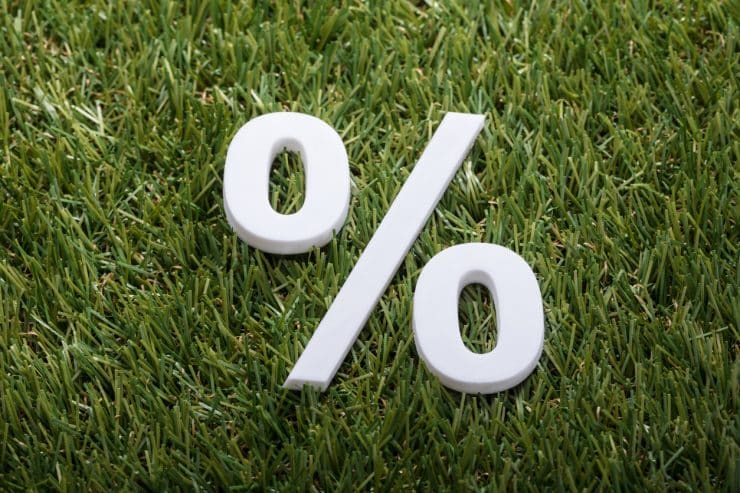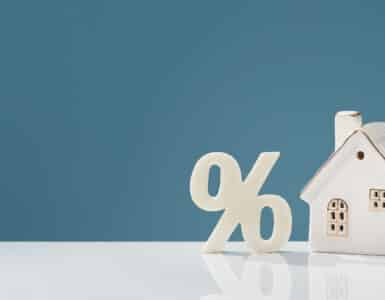It can be tempting to consider all debt as a negative, but that’s just not the case. There is “good” debt and “bad” debt. Seems a bit confusing, right? Well, here’s some questions to ask yourself to sort out the difference.
Why did you take on the debt?
One easy way to figure out if your debt is good or bad is to look at how it came to be. If you took on debt because you had no other choice — perhaps a major medical emergency left you with huge hospital bills — that’s a sign of bad debt. Conversely, debt that emerges as the result of a positive choice — think student loans — is good debt.
Can you afford the debt?
As Marketwatch reports, determine if you can afford your debt by comparing your debt load versus your gross income. If your total debt load is 15 percent of your income, it could be affordable. However, once you move past 15 percent, the debt can be increasingly difficult to pay off. As you might guess, if your debt is affordable, it’s likely the good kind.
How is it impacting your life?
Think about how your debt is affecting your life overall. Does it feel like a storm cloud hovering overhead? Or is it merely something that you feel comfortable dealing with? If your debt is negatively impacting your life, that’s obviously a huge red flag. Make a plan to address it — whether you use the avalanche method where pay down the debts with the highest interest rates first or the snowball method by which you approach debts smallest to largest, the sooner you tackle your obligations, the better.






